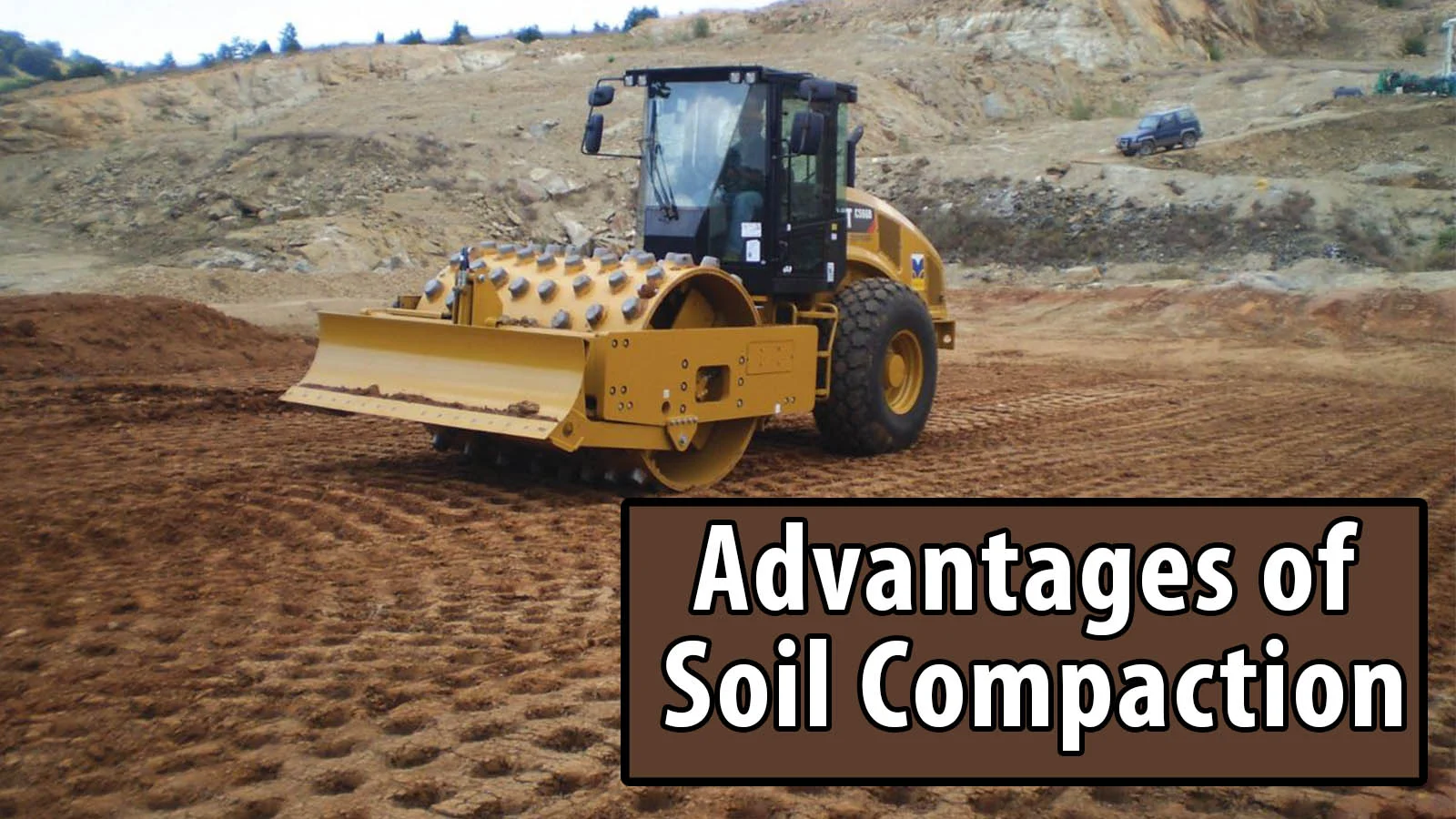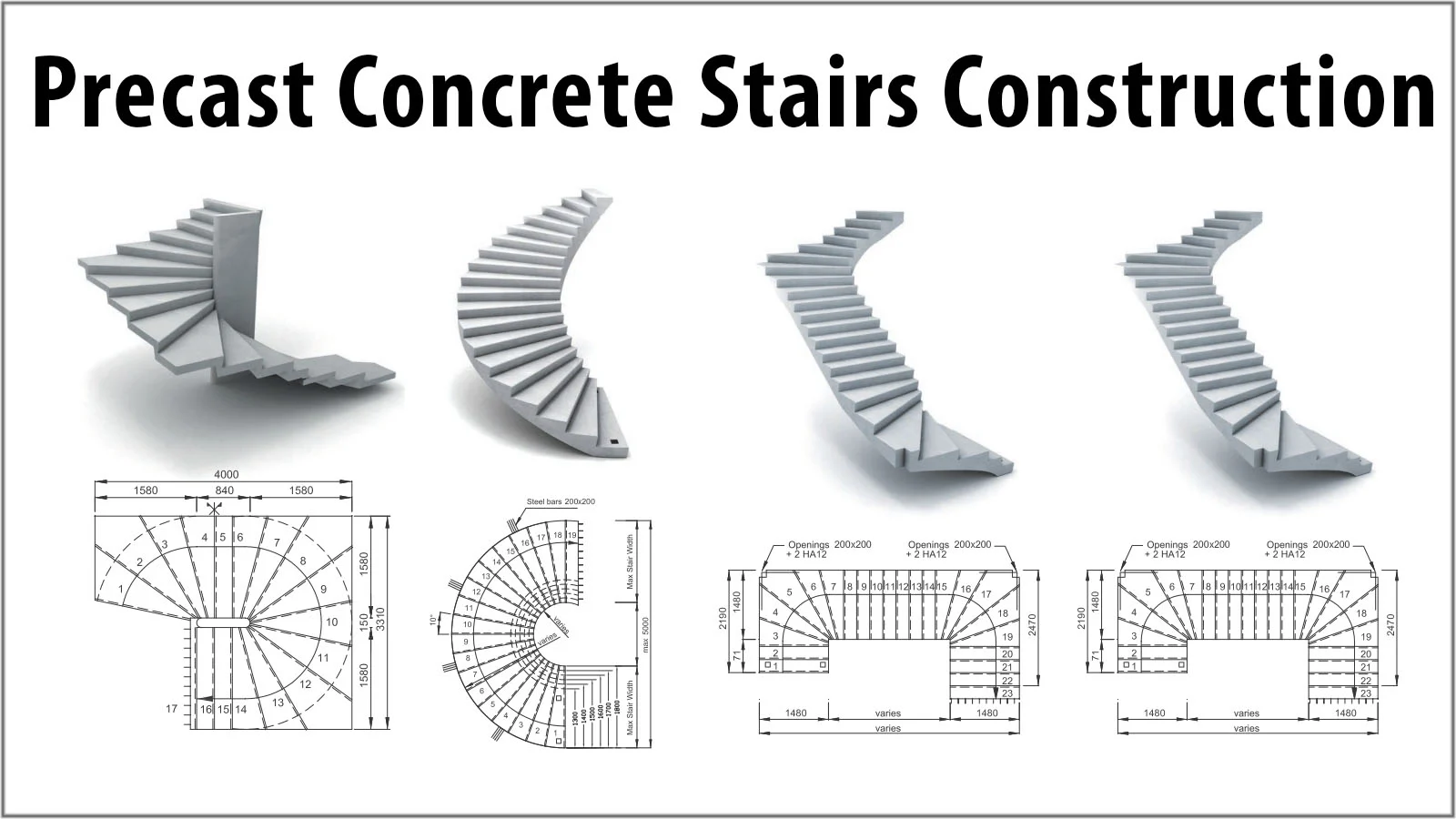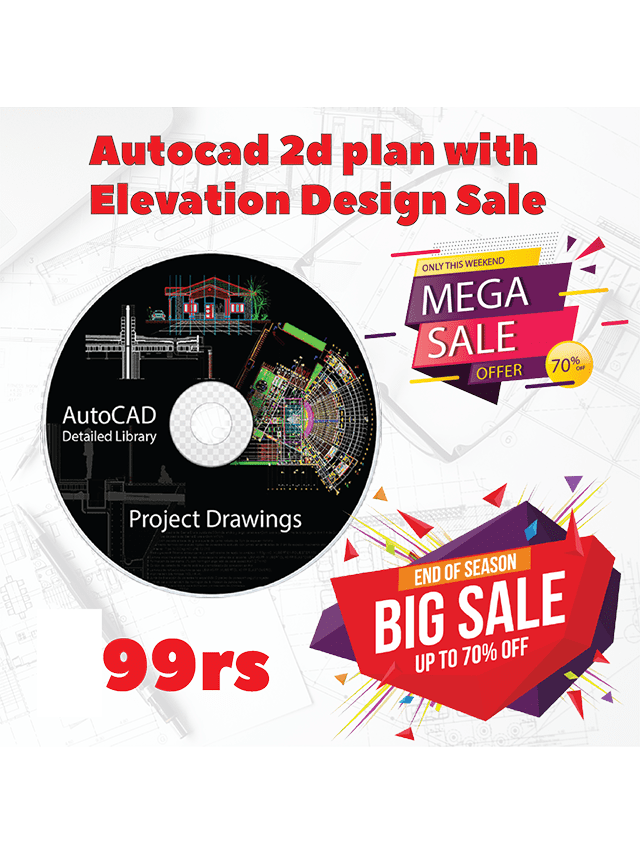Shotcrete
Accelerated sprayed concrete
Sprayed concrete, also known as shotcrete, is a special type of concrete conveyed under pressure through a pneumatic hose or pipe and projected into place at high velocity, thereby combining the placement and compacting of the material in only one process. Compared with concrete without accelerator (normal concrete), accelerated sprayed concrete has a shorter final setting time and higher early-age compressive strength. Thus, sprayed concrete is widely used in many applications, such as tunnel primary supports, roadways, foundation pit slop supports and bridge reinforcement structures.
The microstructure of concrete is affected by raw material composition, hydration processing and age, and the mechanical and durability properties of concrete depend on the microstructure of concrete. Researchers have recently studied the hydration of cement paste with different compositions. Lv et al. employed environmental scanning electron microscopy (SEM) to continuously observe Portland cement hydration and elucidate the mechanism of this process. Andrew et al. and Rikard et al. analysed the mechanical properties and early hydration physical chemistry of Portland cement paste using X-ray diffraction (XRD), infrared spectroscopy, SEM and Vicat techniques or ultrasound reflection. Sun et al. and Jiang et al. applied XRD, thermal analysis, SEM and atomic force microscopy to study the relationship between fly ash (FA) amount and bond water, between microstructure and mechanical properties. Ou et al. analysed cement paste hydration and change regulation using thermal analysis. Zeng et al. applied mercury intrusion porosimetry and nitrogen adsorption to analyse the relationship between the pore structure of cement pastes and water–binder (w/b) ratio, FA amount, and curing age. Hamlin built a microstructural model of a calcium silicon hydration (CSH) gel through theoretical analysis.
Despite the availability of information on hydration and cement paste, however, few studies have specifically focused on the hydration of accelerated cement pastes and sprayed concrete. Zhang and Fang investigated a cement–accelerator–water system and found that cement is accelerated by Al2O3 and Ca(OH)2 while NaAlO2 catalyses the reaction to form ettringite (AFt) and secondary gypsum. Liu et al. reported that C3S hydration is promoted by alkali from an accelerator to form CSH gel. High hydration rates require large amounts of free water combination and reductions in the fluidity of cement slurry. To date, however, the hydration process of accelerated cement and the mechanical properties of sprayed concrete remain unclear.









